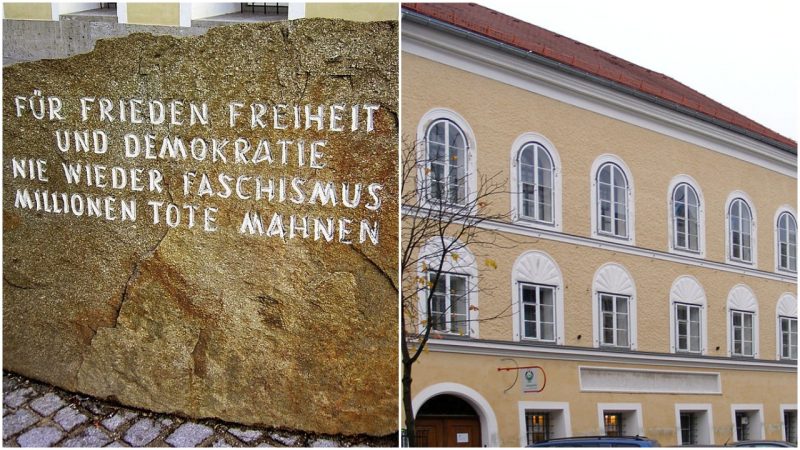On April 20, 1889 in the town of Braunau am Inn in Austria-Hungary, a woman gave birth to a boy who would grow up to become the Fuhrer of the Third Reich. He was involved in the launch of the Second World War, created the Holocaust and death camps, and ruined millions of lives.
A house with a wheat-colored facade was for some time the home of the Hitler family in Braunau am Inn. In the present day, a memorial stone sits near the house on the sidewalk. The stone is granite from the quarry at the Mauthausen concentration camp, with the inscription Für Frieden, Freiheit und Demokratie. Nie wieder Faschismus. Millionen Tote mahnen (“For peace, freedom and democracy. Never again fascism. Millions of dead remind us”).
The fate of this three-story house, in which the future German dictator Adolf Hitler was born and spent a few months of his childhood, remains to this day the subject of fierce dispute in Austria.
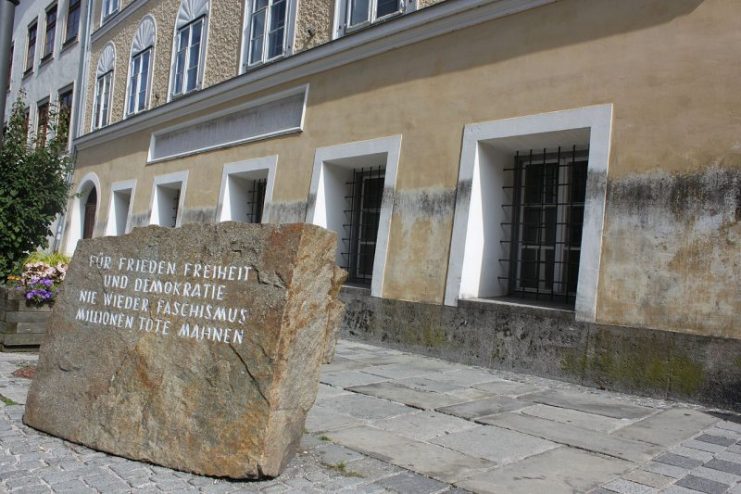
Interestingly, Hitler was negative about his birthplace. As the Führer, he visited the place once. On the morning of March 12, 1938, during the Anschluss, Hitler and his retinue drove along the border bridge connecting the German Simbach and the Austrian Braunau.
During Hitler’s passage over the bridge, a black-clad woman, who had recently buried her husband, appeared in front of the admiring crowd. The superstitious Führer considered this a bad sign.
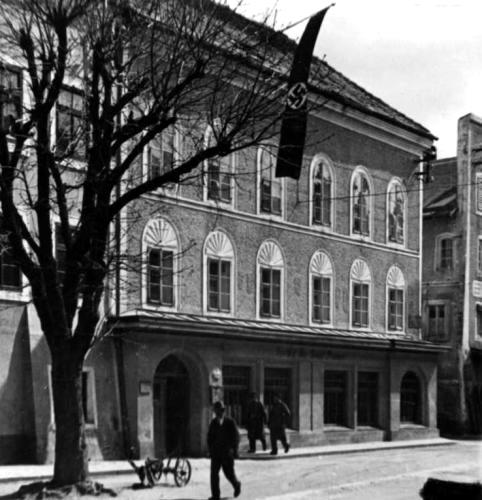
Adolf Hitler’s Geburtshaus in Braunau am Inn (Österreich) in 1934
In April 1939, to celebrate Hitler’s 50th birthday, the inhabitants of Braunau am Inn sent him a model of the city, consisting of many ceramic houses, as a gift. From Berlin, Hitler sent the package back.
Such neglect on Hitler’s part has had no effect on the interest of numerous present-day tourists to the city. By asking the question “How do you get to the house?” you will not have to specify exactly which house–local residents understand what is being said.
In 2017, Hitler’s birthplace became the property of the state of Austria.
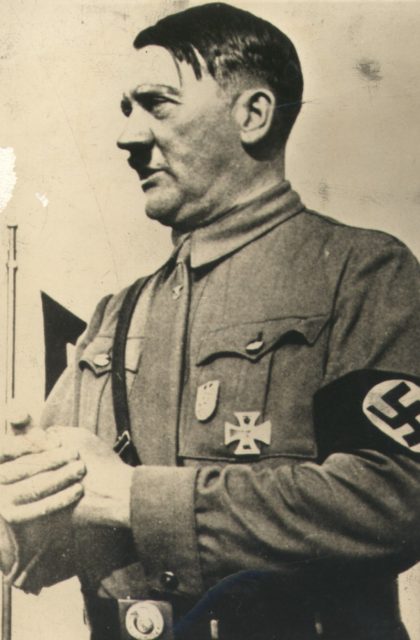
In 2016, then-Interior Minister Wolfgang Sobotka said that the building would soon be demolished and a new building constructed in its place. Critics of this decision argued that this meant the state wanted to delete its connection with the Third Reich from history. There is an opinion that in this way the minister intentionally attracted the attention of journalists.
Many other buildings that were connected with Hitler, such as the Reich Main Security Office in Berlin and the bunker in which he spent the last days of his life, have already been dismantled. Some locals believe that if a hole remains in the place of Hitler’s house, there will still be people who want to look at it.
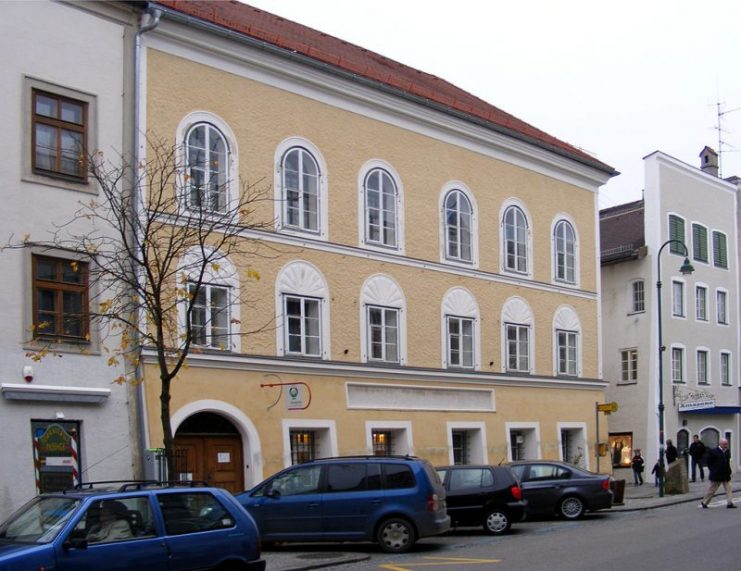
Four years before Minister Sobotka’s decision, Franz Klintsevich, deputy chairman of the defense committee of the State Duma of the Russian Federation, sought to demolish the house. He wanted to collect money from Russian oligarchs to buy the house and then destroy it. Thus, he planned to celebrate the 68th anniversary of the victory over Nazism. However, the Russians failed to realize their dreams.
The law that removed the house from its previous owner was adopted by the Parliament of Austria in 2016 and was entered into force in 2017. According to this law, the property could be forcibly transferred to the Republic of Austria after compensation was made to the former owner.
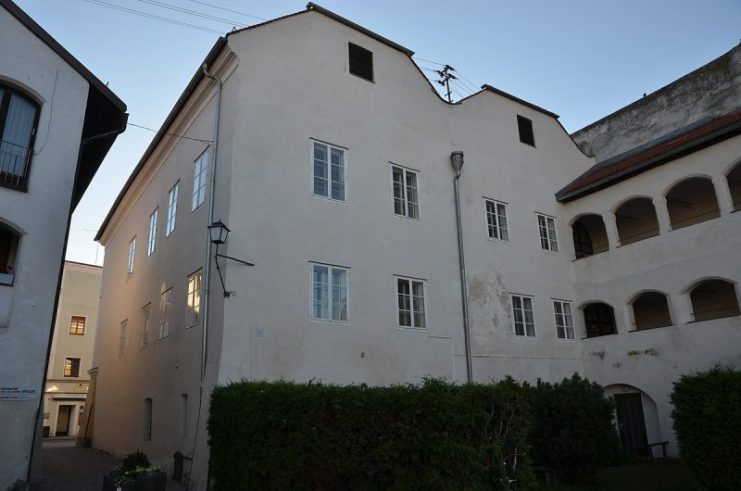
Until that point, the house was owned by Frau Gerlinde Pommer, whose family owned it for many decades. The Hitler family was renting the top floor at the time that Adolf was born.
After the Anschluss, Pommer’s relatives were forced to sell the building for 150,000 Reichsmarks. After WWII, the Pommer family regained it through the court system.
After that, the building housed a library, then a school, and since 1972 the organization Lebenshilfe, which is engaged in the care of people with disabilities. The wards of this organization carved wooden figures and created diverse decor items, which was sold in a special store.
Gradually the building fell into disrepair. But Mrs. Pommer answered any renovation proposals with a definite “no,” just as she did with the proposal to sell the house to the state. In 2012, Lebenshilfe decided to move to a new location. Since then, house number 15 has remained empty.
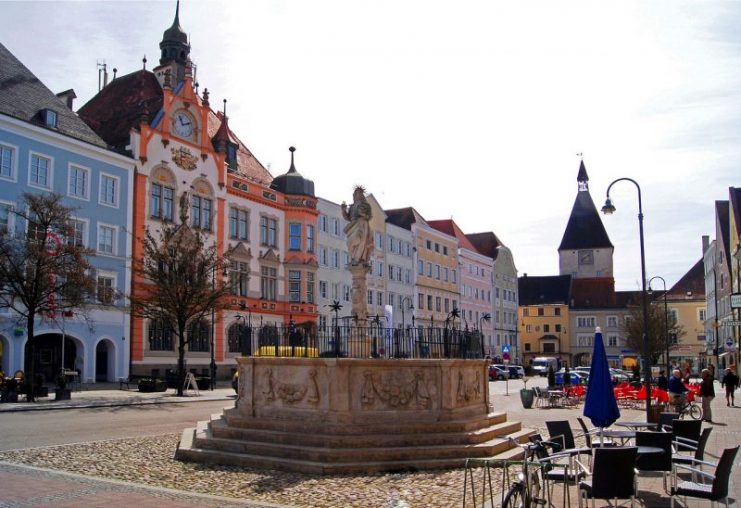
By the way, Pommer, according to her rental agreement with Lebenshilfe, received a monthly rent of 4,800 euros. This amount is comparable to two average pensions in this region. Thus, she lost an additional source of income, but still would not let go of the house.
After the building passed into the hands of the state, Pommer expressed her disagreement and sent a petition to the Austrian Constitutional Court to declare the law on expropriation invalid. In June 2017, the Constitutional Court ruled that the law complied with the norms and that the seizure of the house would prevent its use by neo-Nazi supporters.
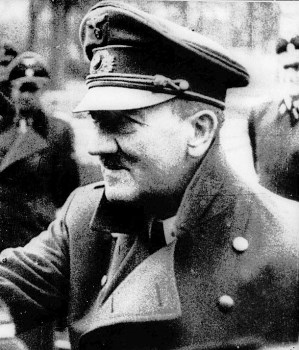
Currently, the state has paid Pommer 310,000 euros, but according to an appraiser, the building has a value of 800,000-1.5 million euros. Salzburg lawyer Gerhard Lebitsch, representing Pommer’s interests, said “We have a very clear goal of €1.5 million [$1.7 million].”
Within the government, there are conflicting views on the best use of the building. For example, Gerhard Baumgartner, head of the Documentation Centre of Austrian Resistance, proposed that the house be demolished and a supermarket built in its place. That would deprive the place of its sacredness to right-wing radicals. Vice-Chancellor Reinhold Mitterlehner, on the other hand, proposed that the building should house a museum.
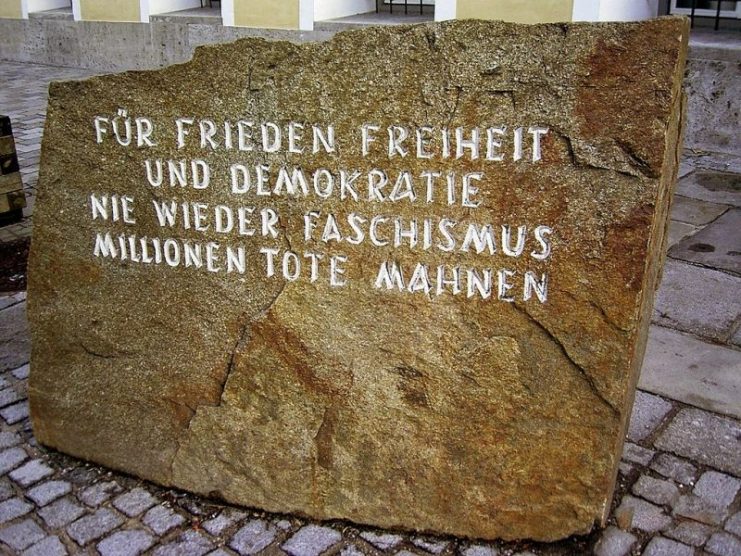
In September 2015, 150,000 refugees passed through Braunau, traveling from the Middle East to Germany. Crowds of people walked along the very bridge over which, in 1938, Hitler entered Austria.
A refugee assistance center was organized in the city. It is known that behind Hitler’s birthplace was where arrangements were made for some of them to sleep.
Currently, supporters of the Nazi ideology continue to visit Braunau. However, such people try not to attract attention to themselves, knowing that they will be instantly arrested. Regardless of the fate of the house, the memory of Hitler will be in this city for a long time.
